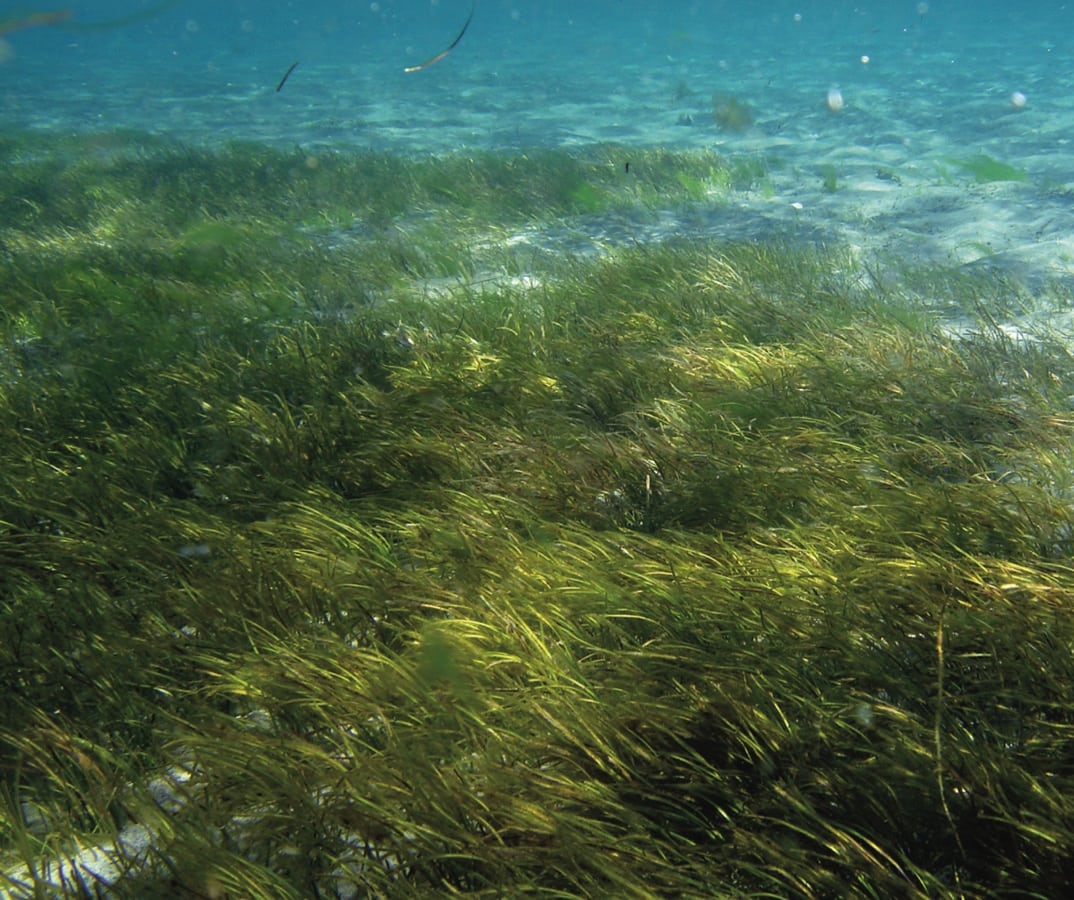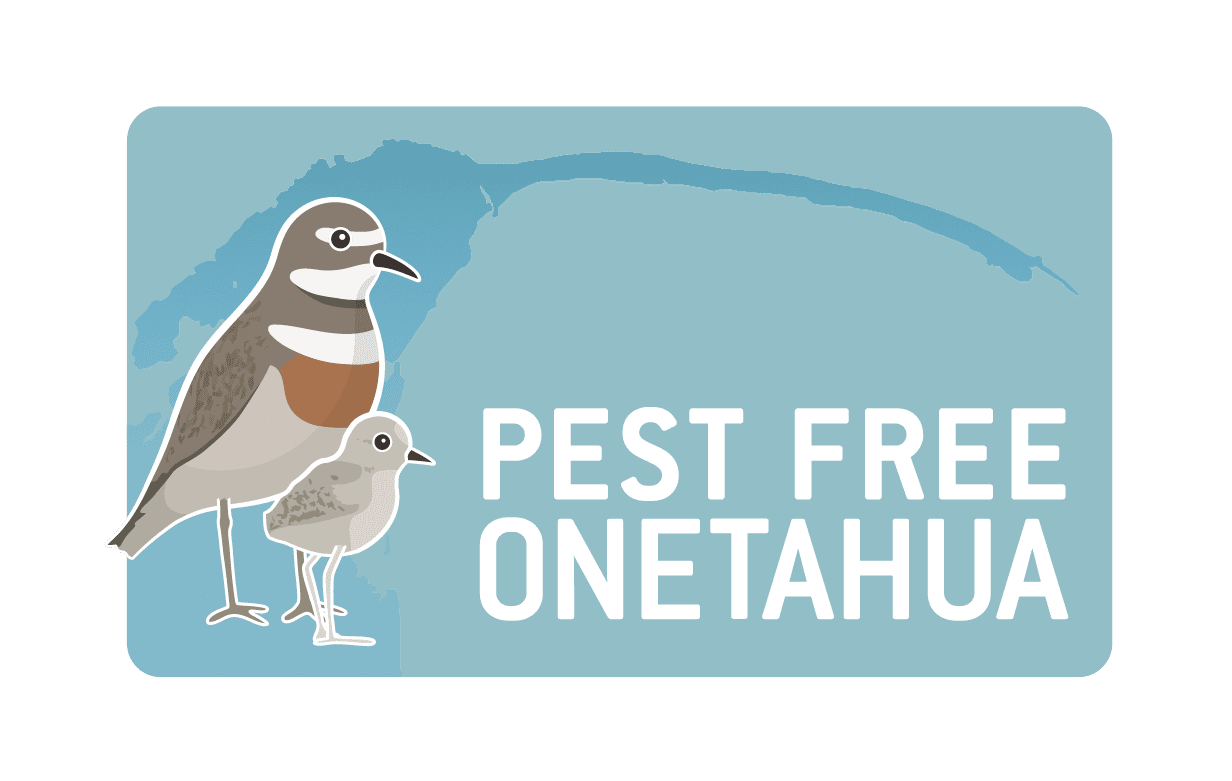
Onetahua Farewell Spit – The Seagrass Capital of New Zealand
Farewell Spit is home to the county’s largest seagrass meadow and accounts for around a quarter of all seagrass in the country.
In New Zealand, seagrass is mostly intertidal, meaning it is exposed at low tide and covered by shallow water at high tide rather than permanently submerged (subtidal). Zostera muelleri is the only species of seagrass found in NZ, while worldwide there are around 60 species.
Seagrass Meadows – A Highly Valuable Habitat
Seagrass meadows play a crucial role in maintaining a healthy ecosystem and support the biodiversity found on land.
Seagrass meadows provide shelter and act as nurseries for many species of fish
Crustaceans, worms and other invertebrates that inhabit seagrass meadows are important food sources for wading birds
Decomposing seagrass is fed on by small marine animals
Seagrass meadows can help to reduce erosion by stabilising the sea bed
Acting as giant filters, the meadows trap fine particulate sediment improving water clarity
The leaves of seagrass release oxygen, benefiting other flora and fauna
Seagrass as a Carbon Sink
Blue Carbon is carbon that is stored in the world’s ocean and coastal ecosystems. Although we are still in the early stages of understanding the full potential of blue carbon sequestration (the term was only coined in 2009), scientists are eager to unlock its secrets and understand its role in mitigating climate change.
We do know that wetland plants store much more carbon than the same amount of forest on dry land. Because their water-logged soils lack oxygen, plant material decomposes in those soils far more slowly, and the carbon in this material gets locked away for long periods – unless disturbed.
Seagrass meadows and other types of wetland area also provide more direct advantages to humans in providing a buffer that can protect against sea surges – an occurrence only set to increase with rising sea levels.
